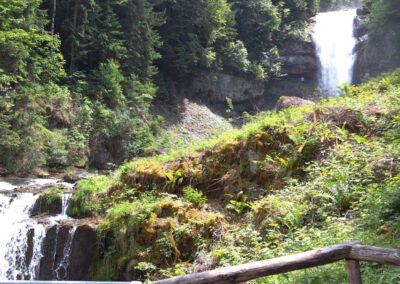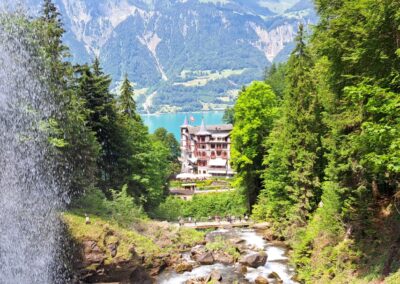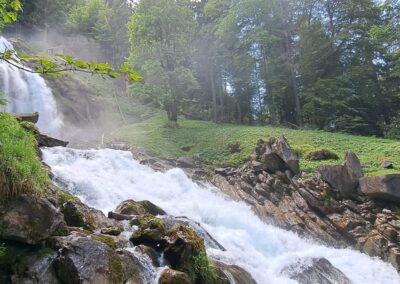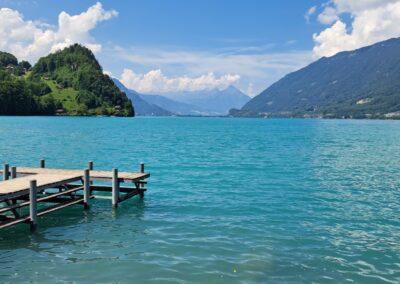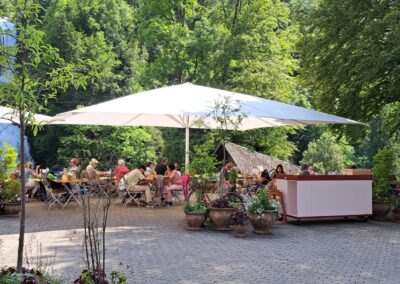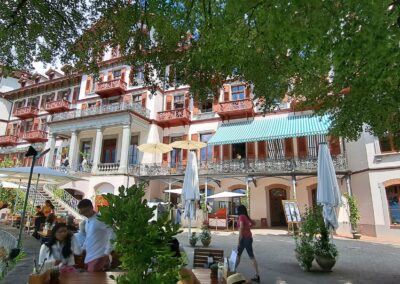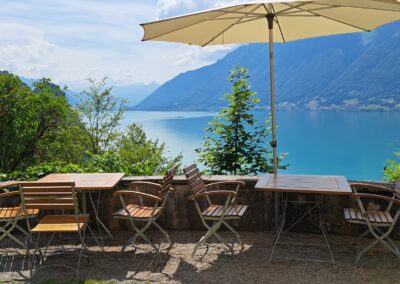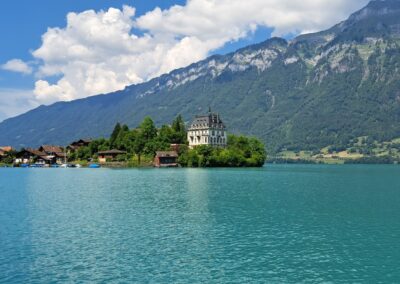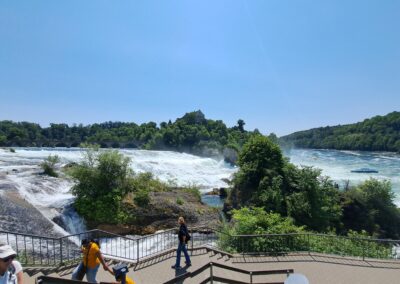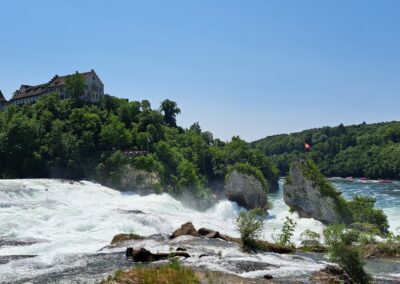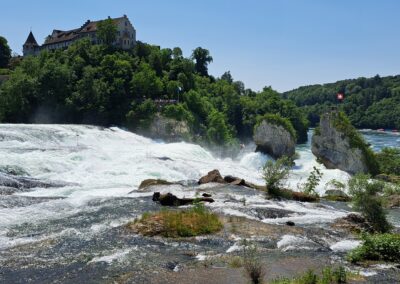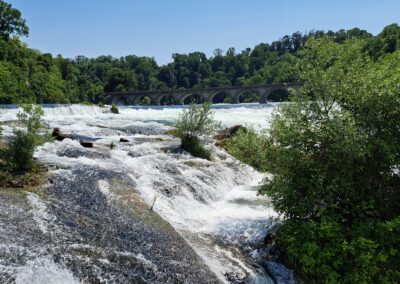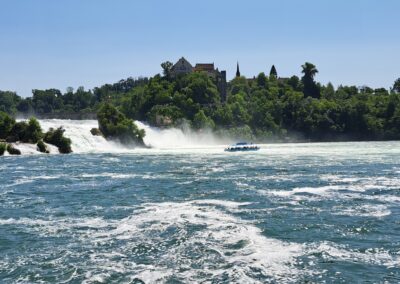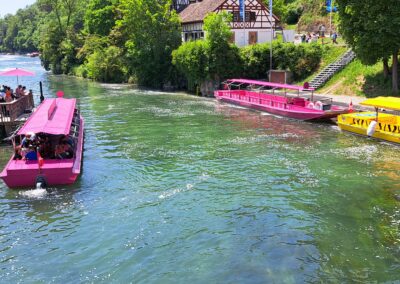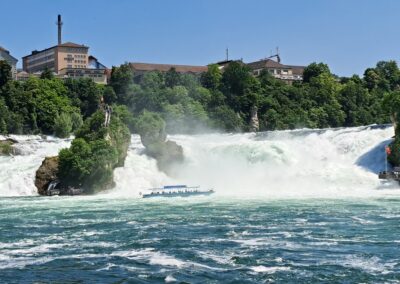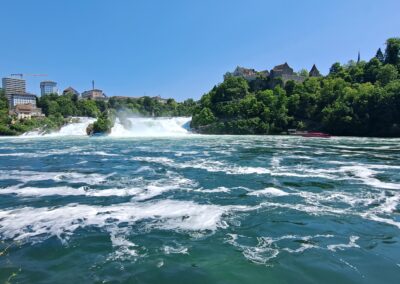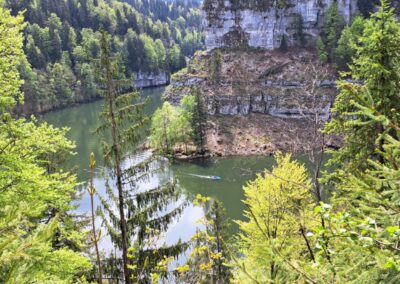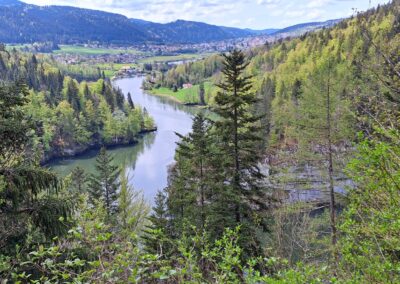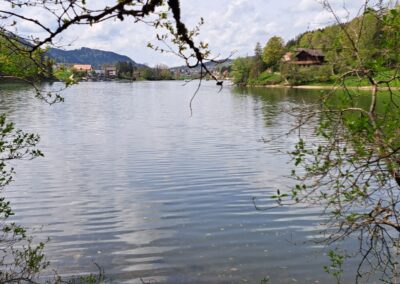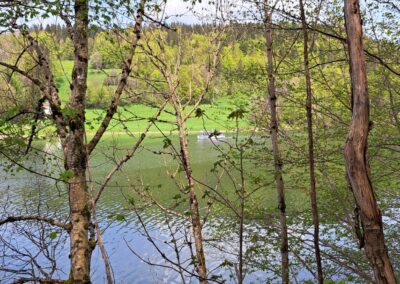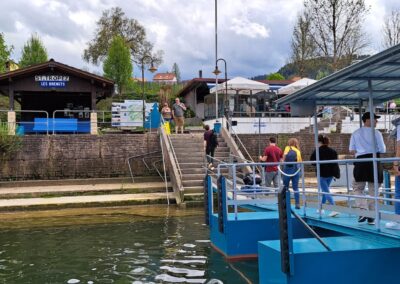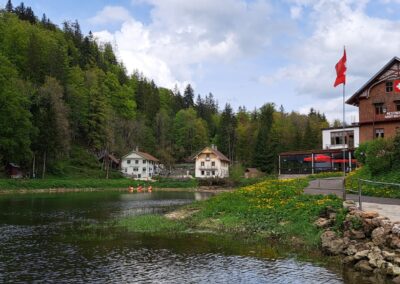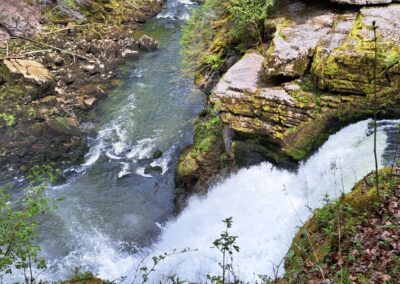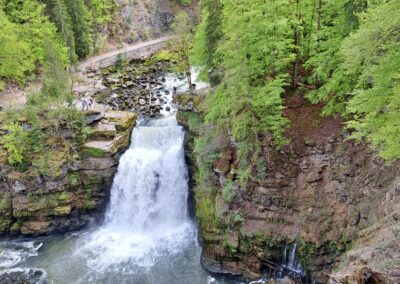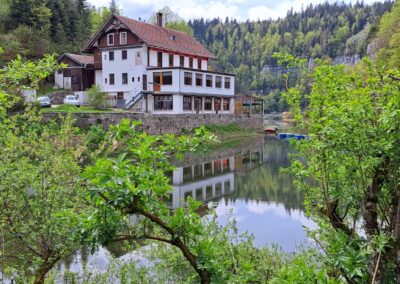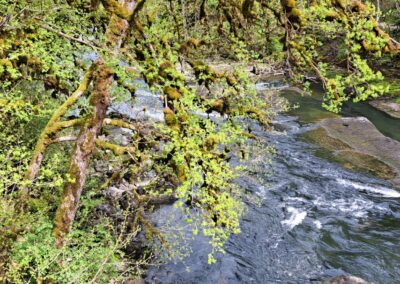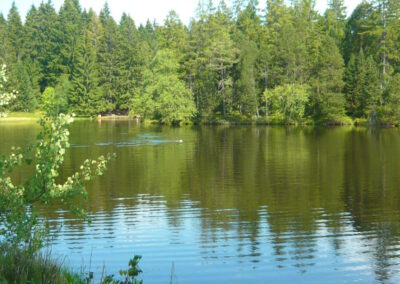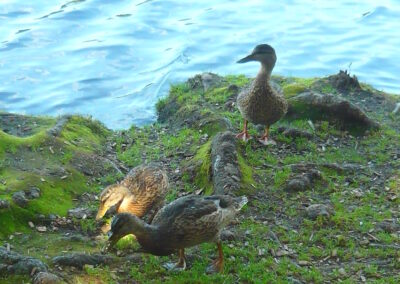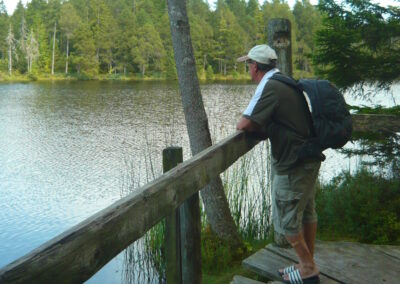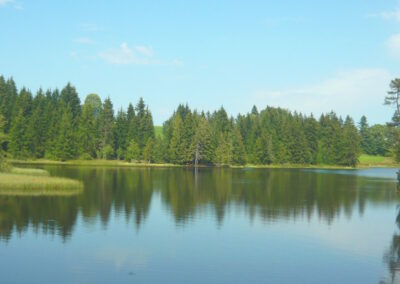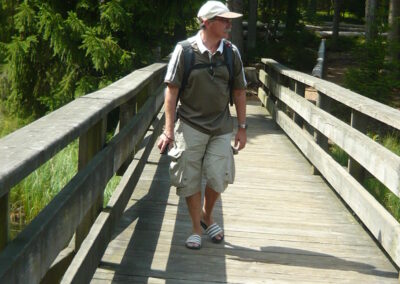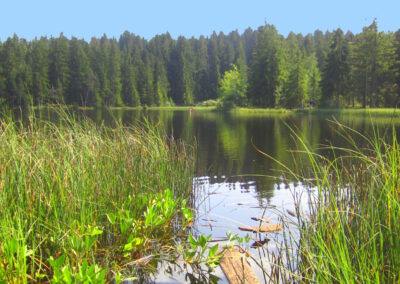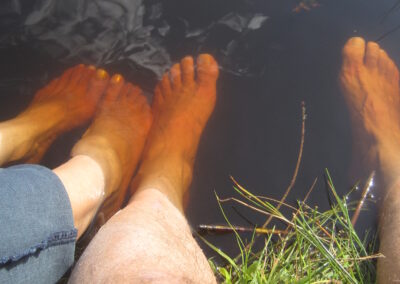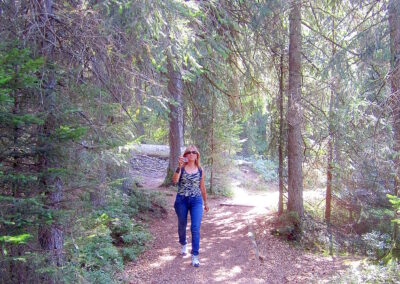Switzerland's nature is characterised by water
Switzerland is known for its rich water landscape, characterised by majestic mountains, glaciers, lakes, rivers and waterfalls. Water plays a crucial role in various aspects of Swiss life, from energy production to agriculture and recreation. The Alps, which dominate the country, are a major source of water for rivers such as the Rhine, the Rhone and the Aare, which flow through the country and feed numerous lakes, including Lake Geneva, Lake Zurich and Lake Lucerne. Water is also central to tourism, as visitors from all over the world come to enjoy Switzerland’s picturesque landscapes, water sports and natural beauty.
There are many ways to enjoy time by the water, be it walking, picnicking, swimming, boating or simply relaxing and watching the waves or the river.
Country
Cantons
Cities
Excursions
Gurnigelseeli
The Gurnigelseeli and the entire area around the Gantrisch and Gurnigel are a popular hiking area. There are some wonderful picnic and rest areas around the lake. The Obere Gantrischhütte right by the lake, the Birehütte a little to the north and the lower Gantrischhütte on the Gurnigel pass road offer food and drink.
Rheinfall
The Rhine Falls are the most visited and most popular tourist attraction in Switzerland. Huge masses of water cascade down the rocks over a width of 150 metres – what a thunderous roar! The most impressive way to experience the full force of this spectacle is from the Rhine Falls basin. Don’t miss out on the trip and the climb to the centre rock.
Saut du Doubs
From the harbour in Les Brenets, take a leisurely boat trip on the Lac des Brenets, which is formed by the waters of the Doubs. The initially slow-flowing river describes extensive meanders, embedded in an impressive landscape of rugged rock faces and fir forests. A breathtaking spectacle!
Etang de la Gruyère
The Etang de la Gruère nature reserve covers more than 120 hectares. The raised bog extends over an area of 56 hectares and has a 6 – 8 metre thick layer of peat that has formed over 12,000 years. The peat bog is located in the municipality of Saignelégier, about halfway between Saignelégier and Tramelan.












